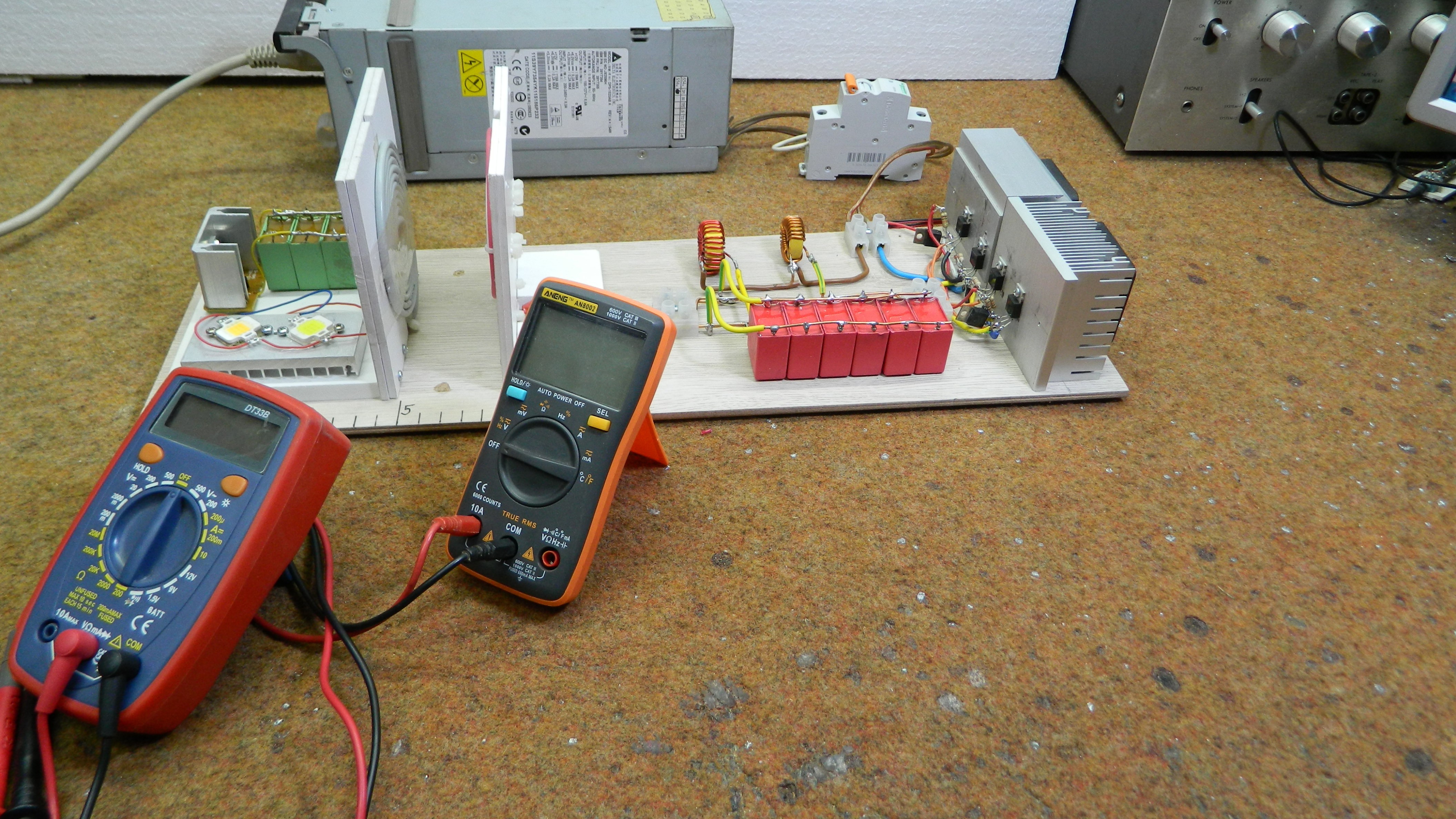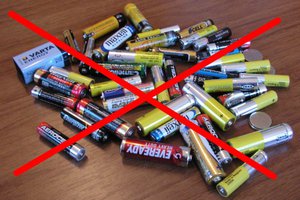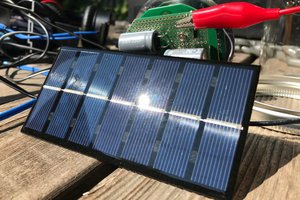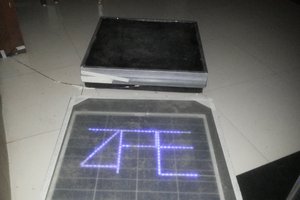Usually, this process involves a phenomenon known as electromagnetic induction.
In a previous experiment like this , the focus was on the maximum distance at which usable electricity could be transferred. This time I will try to describe another similar experiment in which our main goal is to perform wireless energy transfer over shorter distances but with a high utilization coefficient. This time the transmitter is again Mazzilli ZVS driver but with greater power, which is a modified version of the Royer Oscillator. The difference is in the transmitter coil wich is a Bifilar wound flat coil patented by Nikola Tesla on 9 January 1894. The magnetic field created by one winding is therefore equal and opposite to that created by the other, resulting in a net magnetic field of zero (this neutralize any negative effects in the coil). In electrical terms, this means that the self-inductance of the coil is zero. Analogous to this is the receiving coil is flat (pancake) coil. Both coils should have identical inductances, and also the parallel resonant capacitors should be the same. Thus the two resonant circuits are in inductive coupling and the energy transfer will be with the least losses.

 mircemk
mircemk

 Jan Waclawek
Jan Waclawek
 Brian Sutherland
Brian Sutherland
 Paul Kocyla
Paul Kocyla
Hi,
does the bifilar winding have any advantage here? I looks to me that the patent is about replacing external capacitor with increased capacitance of inductor but here you've got capacitor parallel to the inductor that should be enough to "neutralize its self-induction".